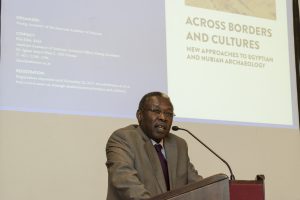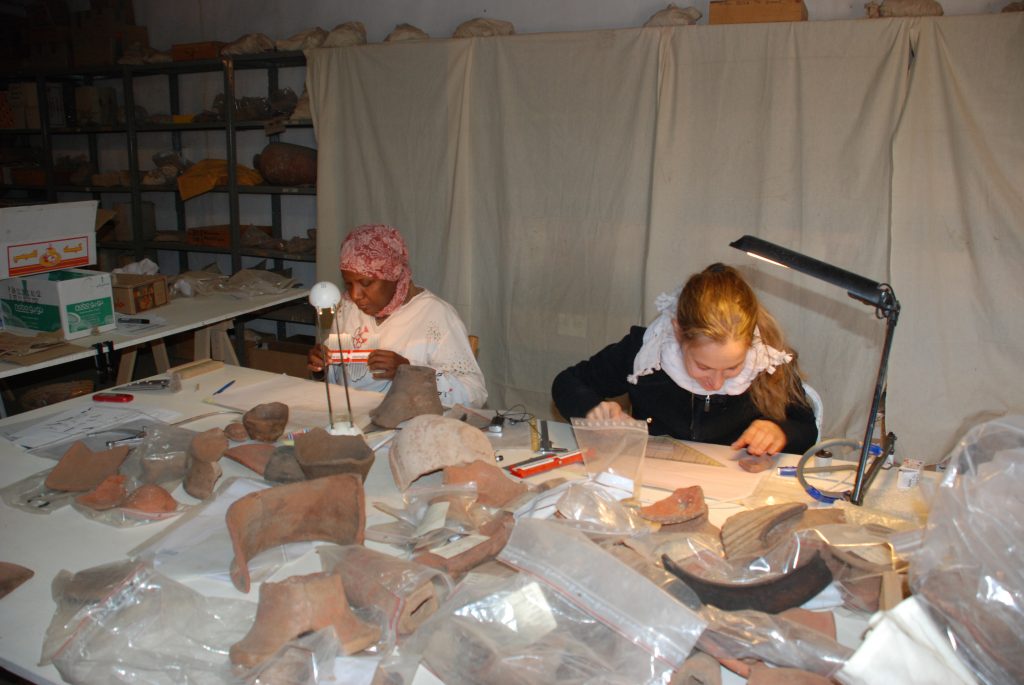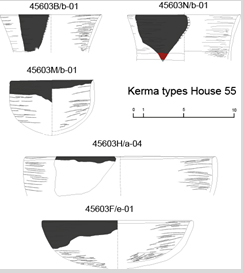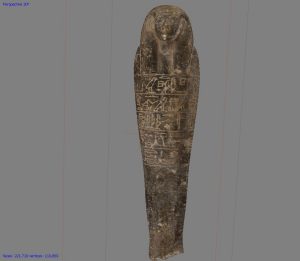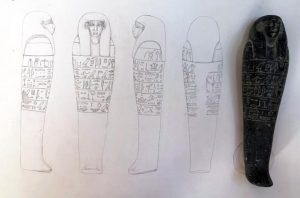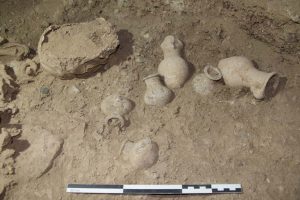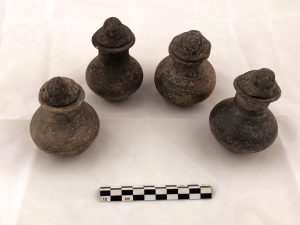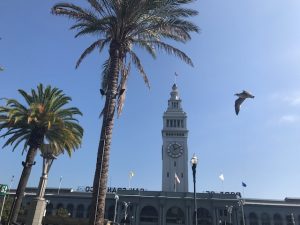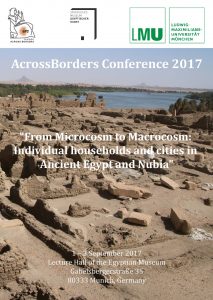I should somehow check how many times within this blog I have used the phrase „time flies by “… but well – it indeed does!
2017 is almost history and this year was particularly important for AcrossBorders since we finished excavations at both sites, Sai Island and Elephantine Island – exactly as planned!
- In January 2017 we clarified that there are strata below the wall street in SAV1 West in the New Kingdom town of Sai – datable to the early 18th Dynasty!

- In February 2017 we discovered the undisturbed burial of Khnummes and his presumed wife in Tomb 26!
- In March 2017 two large cellars, one with still intact vault ceiling, were unearthed in SAV1 East in the New Kingdom town of Sai!

- April was somehow a short break – back to Munich and Vienna again… teaching term started…
- In May 2017 I could present the lasted findings on Sai at the SARS meeting in London – the Sudan & Nubia volume is now already published!
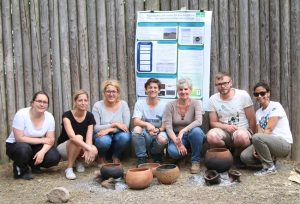
- In June 2017 we conducted some experiments within the framework of the practical class experimental archaeology.
- In July 2017 I tried to get some written work done… and processing of finds and pottery continued…
- In August 2017 the first monograph of the series dedicated to AcrossBorders’s work on Sai was published in Vienna – AcrossBorders I, hurray!
- In September 2017, a wonderful closing conference took place in Munich – thanks again to all participants!
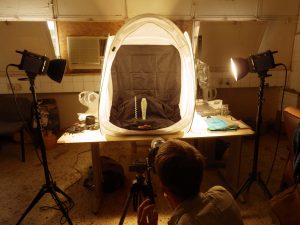
- In October 2017, we were busy working in Khartoum on the objects now stored in the National Museum – and later in the month, started our Elephantine season!
- In November 2017, we finished the excavation in House 55 on Elephantine, including a complete documention of the building for image based modelling! And late in the month, an interdisciplinary workshop was held in Vienna, in cooperation with the Young Academy at the Austrian Academy of Sciences. Our guest of honour was Dr. Abdelrahman Ali Mohammed, General Director of NCAM.
The workshop was closed with a book presentation – AcrossBorders I and also Ingrid Adenstedt’s book on the 3D reconstruction of the New Kingdom town were introduced – very proud to publish with OREA and at the Austrian Academy!
- In December 2017, processing continued and formatting of the first papers of the AcrossBorders conference from September started – the volume will be out by summer 2018 insha’allah.
With four more months to go before AcrossBorders officially ends in April 2018, timing will be as dense but for sure also as productive like during the complete 2017 year – many thanks here to all our collaborators, supporters and team members.
Wishing all of our friends, colleagues and readers very happy holidays and a perfect start into 2018! I’ll be off to an excursion to Sudan with students from LMU soon – guaranteeing that my personal start into the New Year will be simply impeccable, or, as we say in Vienna: “urleiwand”.

